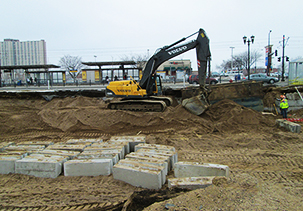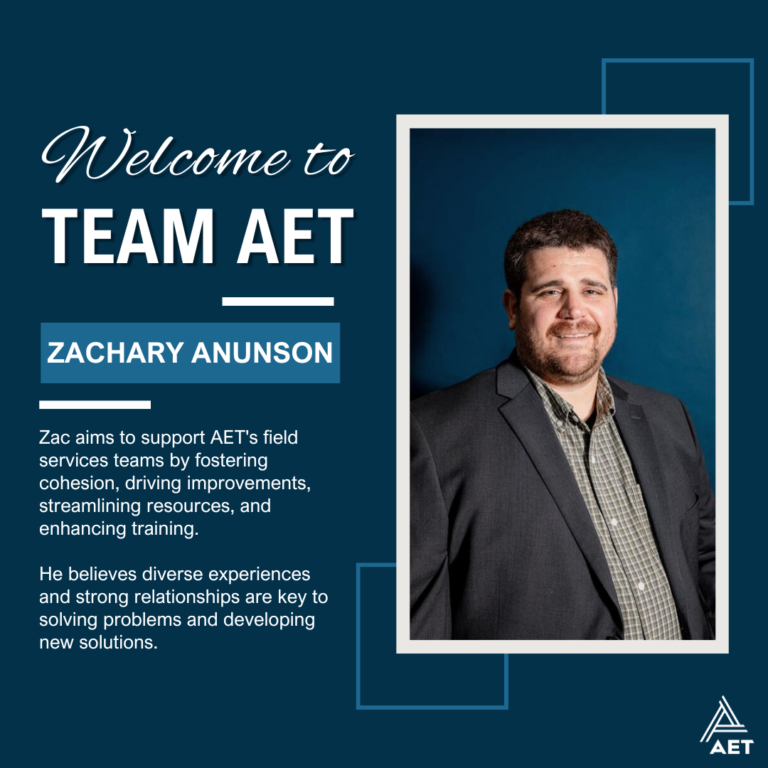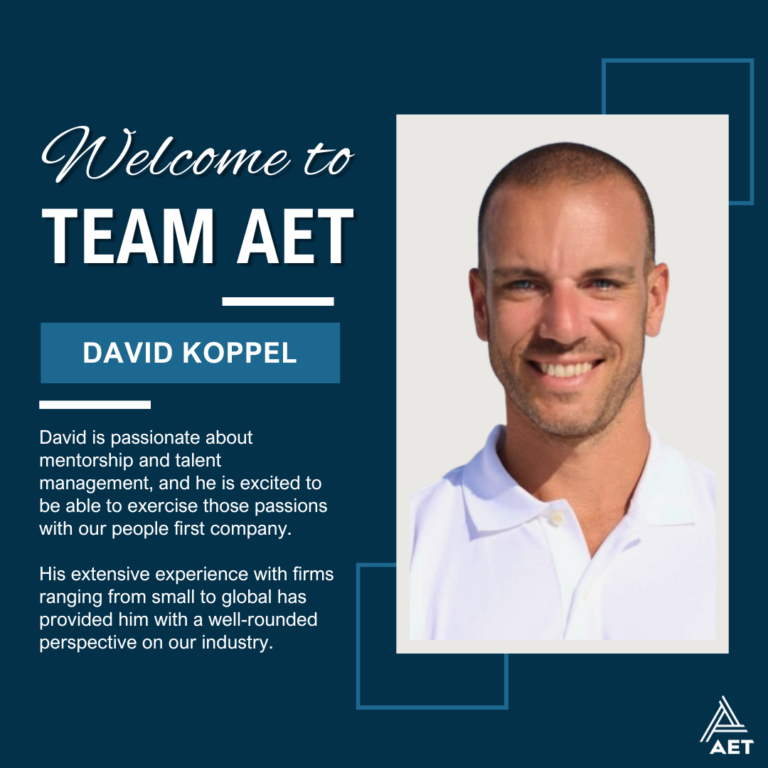AET’s professionals have guided clients in securing millions of dollars in brownfield grant funds. Now we would like to share our tips for a successful brownfield grant application, along with important factors to consider throughout the process.
A brownfield project is a project that involves cleaning up and redeveloping an underutilized site that is affected by the presence (or potential presence) of a hazardous substance, pollutant, or environmental contaminant. These projects can improve the local community—and environment—by reducing blight and relieving development pressures on green spaces and working land. Federal and local grant programs play a key role in helping communities keep these beneficial projects moving forward.
Developers seeking public assistance for a brownfield project should know that securing funding requires much more than filling out a grant application and crossing their fingers tightly. It’s a complicated process—one that requires a great deal of time, planning, resources, and professional guidance. And while there are several funding sources available for brownfield projects, it’s important to know which potential resources will best serve your project.
Throughout the last decade, AET’s professionals have guided clients in securing millions of dollars in brownfield grant funds. Now we would like to share our tips for a successful brownfield grant application, along with important factors to consider throughout the process. We’ve also included a list of funding sources to help you become more informed about available assistance for brownfield projects.
Tips for a Successful Brownfield Grant Application
1. BEFORE YOU SPEND THE TIME, MAKE SURE YOUR PROJECT IS ELIGIBLE FOR THE DIME.
Each program has its own set of fundamental eligibility criteria, and each differs slightly. Your project may qualify for one program and fall short of a similar program’s requirements. If this is the case, it may be more advantageous to wait until the next funding cycle or until your project is further along and you have more details to submit. The last thing you want to do is waste money and effort on a grant for which your project isn’t eligible.
2. GET TO KNOW YOUR FUNDING AGENCY—AND WHAT’S IMPORTANT TO THEM.
Taking the time to build relationships with the agency providing the grant funds—or consulting with professionals who have already established these relationships—can go a long way toward securing funding for your project. Schedule meaningful meetings with their staff. Make sure they know about your project and the value it will bring to the community. We like to say that you have to lay down a lot of bricks on the road to getting funding— and that doesn’t happen overnight.
It’s also important to get to know your funding agency’s goals. Each agency has its own focus areas they want to foster through their grant programs. By understanding what matters to the agency, you can make sure your application clearly conveys how your project will help them reach their goals. Typically, funding agencies like to see a project that:
- Enhances the property tax base
- Creates living wage jobs OR affordable housing
- Needs public assistance to obtain its full potential
- Is market-ready
Recently, funding agencies have been concerned about projects that were funded but not truly market-ready. When the recession hit in 2007, several grants could not be used because developments fell through. When this happened, agencies were left with money in their hands, which can weaken their legislative case for future funding and assistance for similar projects. Now, agencies must be confident that their money will go to a project that is 100% ready to build and, most important, achieve the goals conforming to the agency’s charter.
3. STRATEGIZE. LOOKING AT THE BIG PICTURE IS A KEY PART OF THE GRANT APPLICATION PROCESS.
Holding strategy meetings with all project stakeholders can help you approach the process in a way that will maximize success. The most important part of strategizing is getting a clear picture of your project’s goals and what they bring to the community in terms of the grant program criteria. Only then can you determine if your project has the highest probability of success by matching the funding agency’s goals.
A successful strategy will also set a timeline for completing the grant application. It’s important to note that the official grant application often comes from the municipality. Some municipalities even require applicants to participate in a “pre-grant review,” in which the municipality reviews the applications before they are submitted to the funding agency. It’s critical to stay abreast of these pre-grant review deadlines, which may differ from the actual grant deadlines.
4. DON’T JUST ‘FILL OUT’ YOUR GRANT APPLICATION—TELL YOUR STORY.
Just as you created a story about your project to get its design off the ground, you must create a narrative for the agency to describe the value of their decision to invest in your project. To best capture your project’s story, your plan should include working with ALL project stakeholders—the owner, developer, municipality, contractors, and community—to make sure everyone has a mutual understanding of the project’s goals. Only then can you can build an effective narrative that communicates your project’s value.
5. START EARLY.
Be aware of what’s out there and start getting to know funding agencies sooner rather than later. We’ve included some links to recent funding sources at the end of this article so you can get a feel for what kind of projects and dollar amounts have recently been awarded.
6. MY PROJECT DIDN’T GET FUNDING. NOW WHAT?
Opportunity for funding assistance is usually very limited unless it’s a strong application. It also depends upon the program. If you don’t get funding on the first round, you may get funding on the second round. Or, you may be told that your project doesn’t meet the eligibility criteria and is unable to be funded under a particular program.
In recent years, we’ve seen more brownfield environmental clean-up grant sources, but with smaller dollar amounts. Projects may have a better chance at obtaining grant money, which is great, but they aren’t getting the full amount they asked for. When this happens, it’s time to re-strategize and determine what you can really accomplish, or look for additional funding.
REMEMBER, IT’S A PROCESS.
Despite our list of tips and resources, it’s important to remember that it’s not one strategy—or one person—that will secure funds for your project. The brownfield grant application process is about building relationships, networking, and preparing a document that convinces grantors of the value your project brings to the community. It’s truly a collaborative effort. Most important, you must be willing to dedicate the time and resources necessary to achieve success—and keep your project moving forward.
- U.S. EPA Brownfields:http://www.epa.gov/brownfields/grant_info/index.htm
- Minnesota Department of Employment and Economic Development: http://mn.gov/deed/government/financial-assistance/cleanup/
- Metropolitan Council Livable Communities Act: http://www.metrocouncil.org/services/livcomm.htm
For more information about AET’s Brownfield Grant projects: /market-focus/commercial/hamline-station/
For further information about Brownfield Grant Applications please contact Gail Cederberg, Ph.D., Principal Engineer in AET’s St. Paul Environmental Department at gcederberg@amengtest.com.


